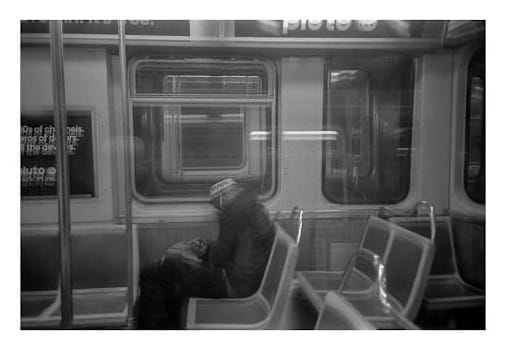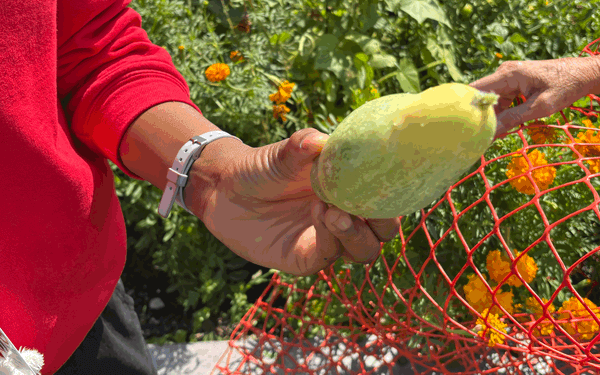We Are Here, pt. 2
In the second of three parts, a photo essay explores how Chicago's West Side communities insist on presence and dignity in the face of displacement, revealing the persistence of life where others see only absence.
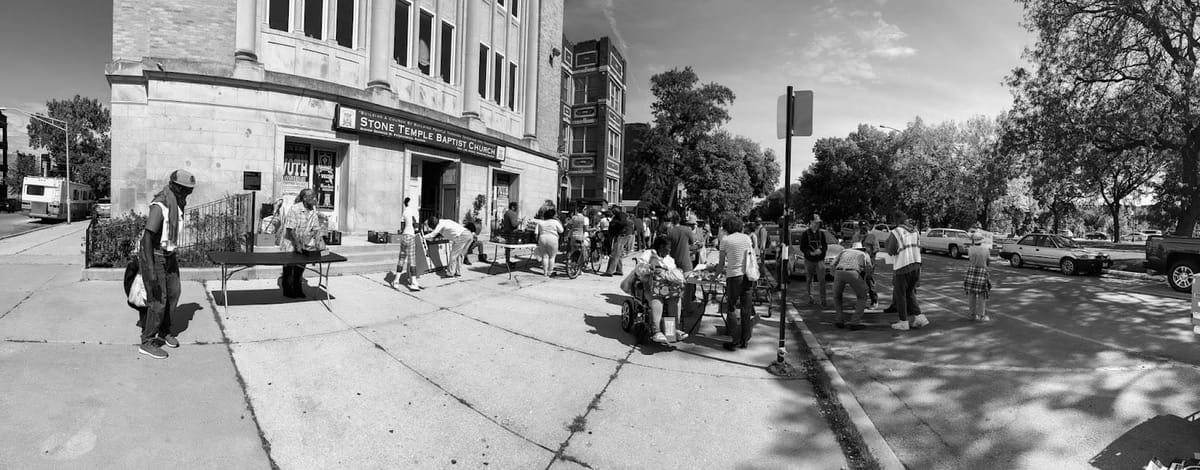
In Part 1, we documented the faces of displacement across Chicago's West Side. But beyond the train cars and street corners, another story was unfolding - one of organized resistance.
This is Part 2: the infrastructure of care.
This photo essay explores displacement on the West Side of Chicago not only through absence and struggle, but through the people and places who choose to be part of the solution. It highlights the quiet yet powerful ways communities organize to hold one another up.
To be of service means showing up in moments of uncertainty, creating spaces where dignity remains intact, and reminding those who feel forgotten that they are still seen and loved. In the face of displacement—whether through housing insecurity, financial hardship, or the slow erosion of stability—presence becomes a radical act.
Pastor Reshorna Fitzpatrick of Stone Temple Baptist Church in North Lawndale embodies that ethos. For years, she and her congregation have made the church more than a house of worship—it is a sanctuary for those who may be unhoused, food insecure, or simply in need of a place to breathe. Guided by her belief that “my superpower is serving. If I’m not serving, I’m not living,” Pastor Reshorna continues to create a space where care, dignity, and community are at the center of everything.
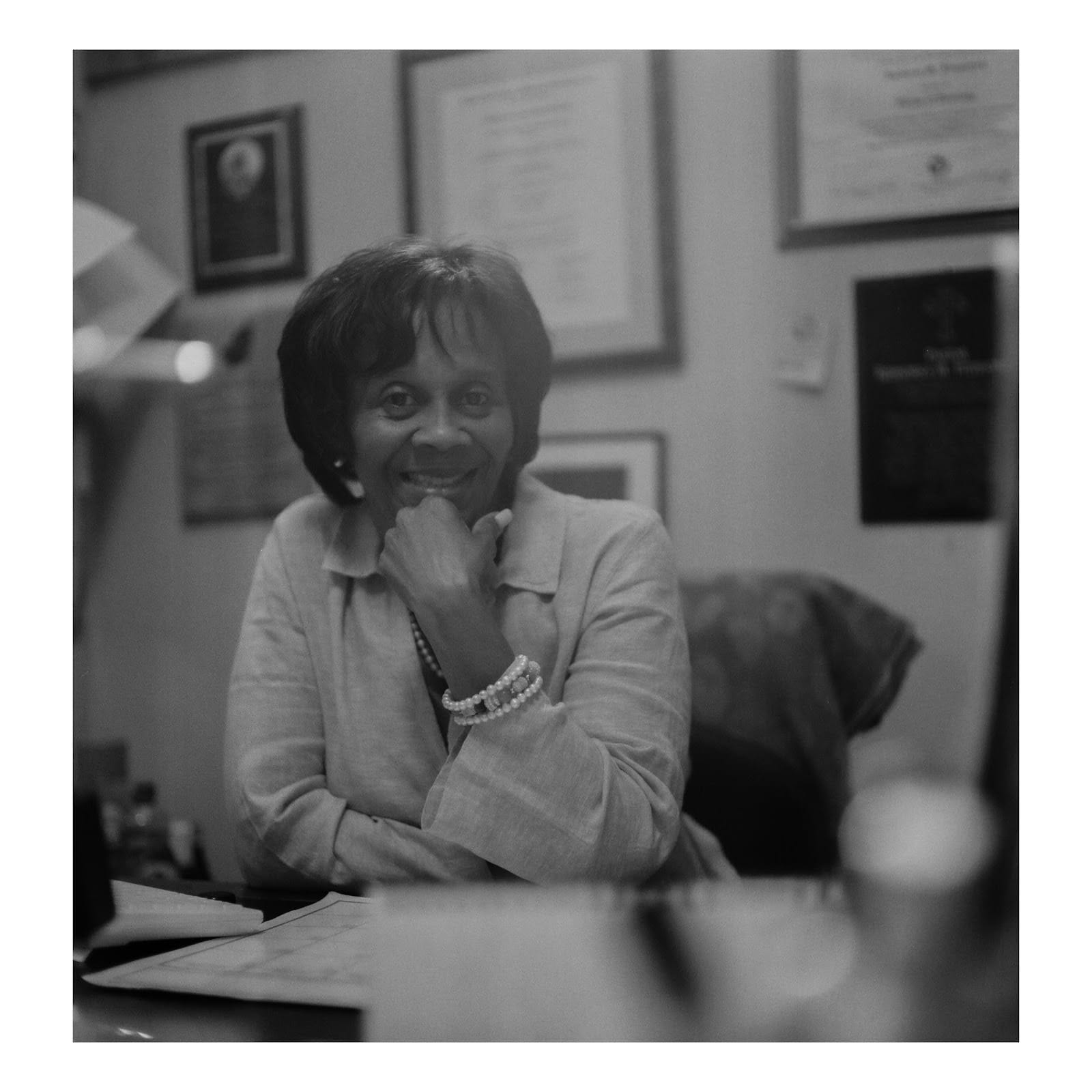

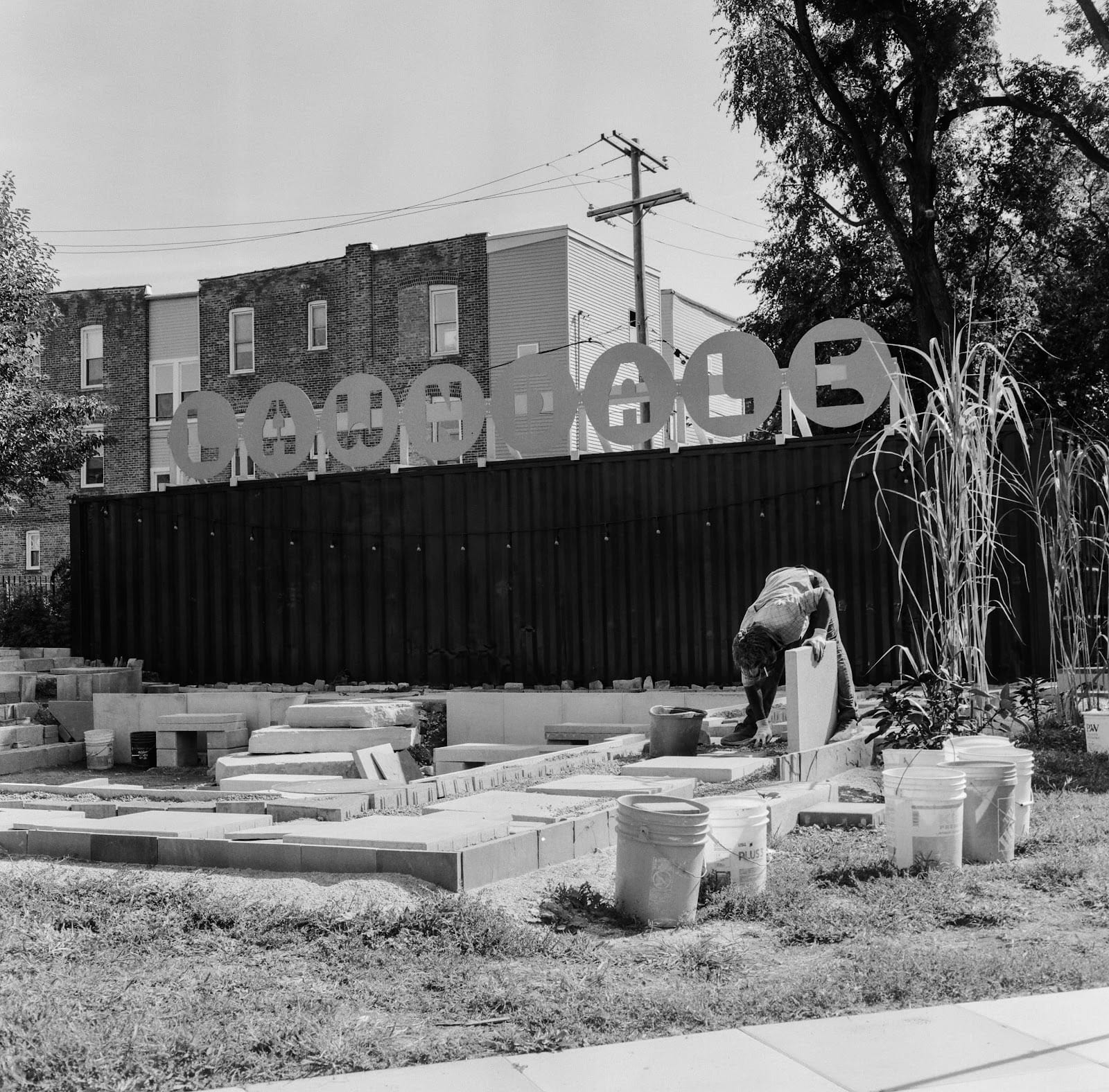
Community member Kevin Hunt. | Genesis Falls/15 West
Stone Temple has become a hub where neighbors gather, and an anchor for those drifting in uncertainty. Its near century-long history holds stories of migration, civil rights, and collective perseverance. Today, under Pastor Reshorna’s leadership, the church continues to serve as a reminder that the solution to displacement is not only in policy or systems, but in the small acts of care that ripple outward: serving food, offering conversation, providing clothing, and creating programs for youth.
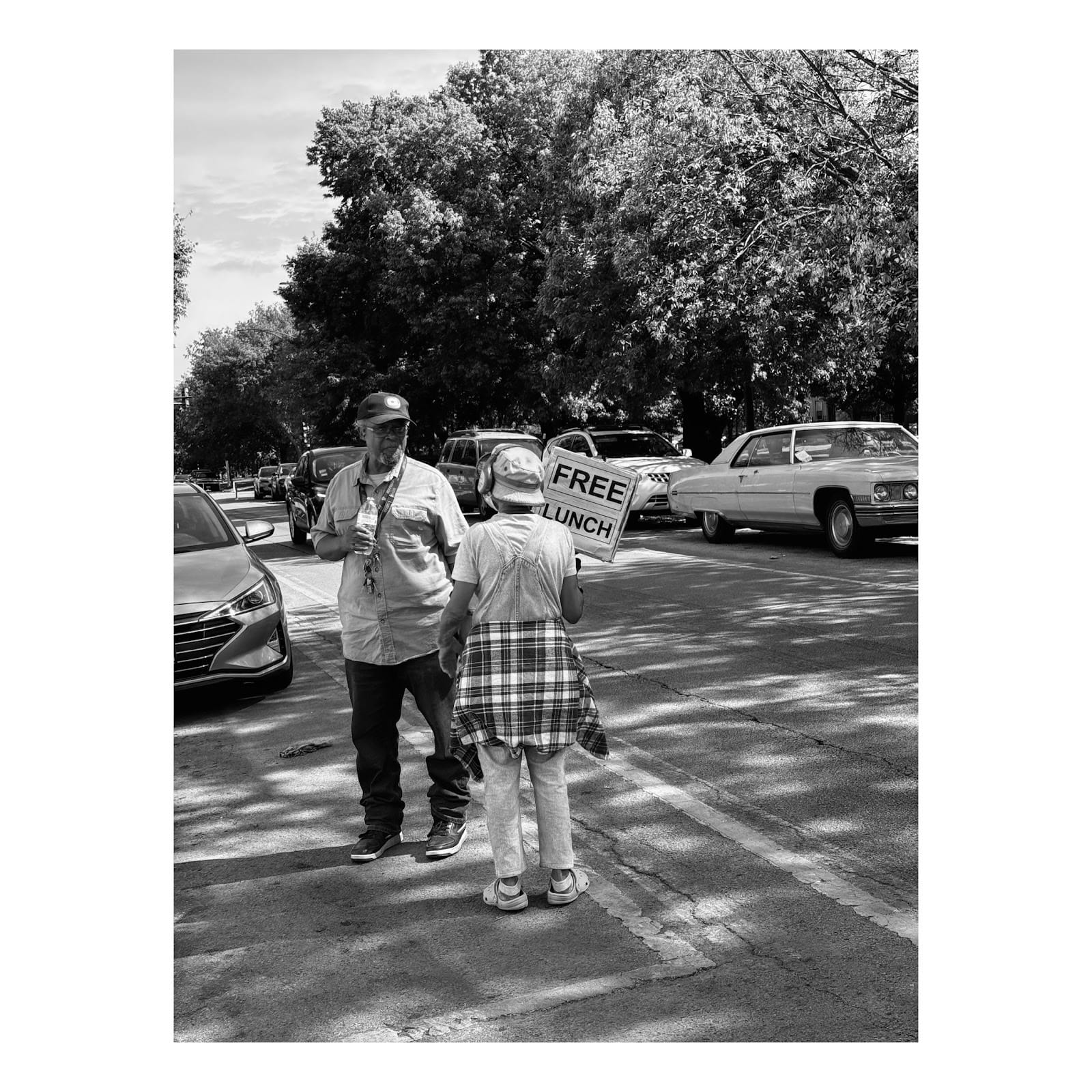
One of those acts of care takes place in the church’s food distribution events. On any given week, the steps and sidewalks outside Stone Temple are filled with boxes of fresh produce, pantry staples, and hot meals waiting to be handed out. Volunteers move quickly yet tenderly, greeting families and neighbors by name.
It is not a transaction, but a moment of recognition. Each box represents relief, stability, and a reminder that someone cares enough to stand in the gap. For many, these distributions are lifelines—lightening the burden of displacement as the community steps in to share the weight.

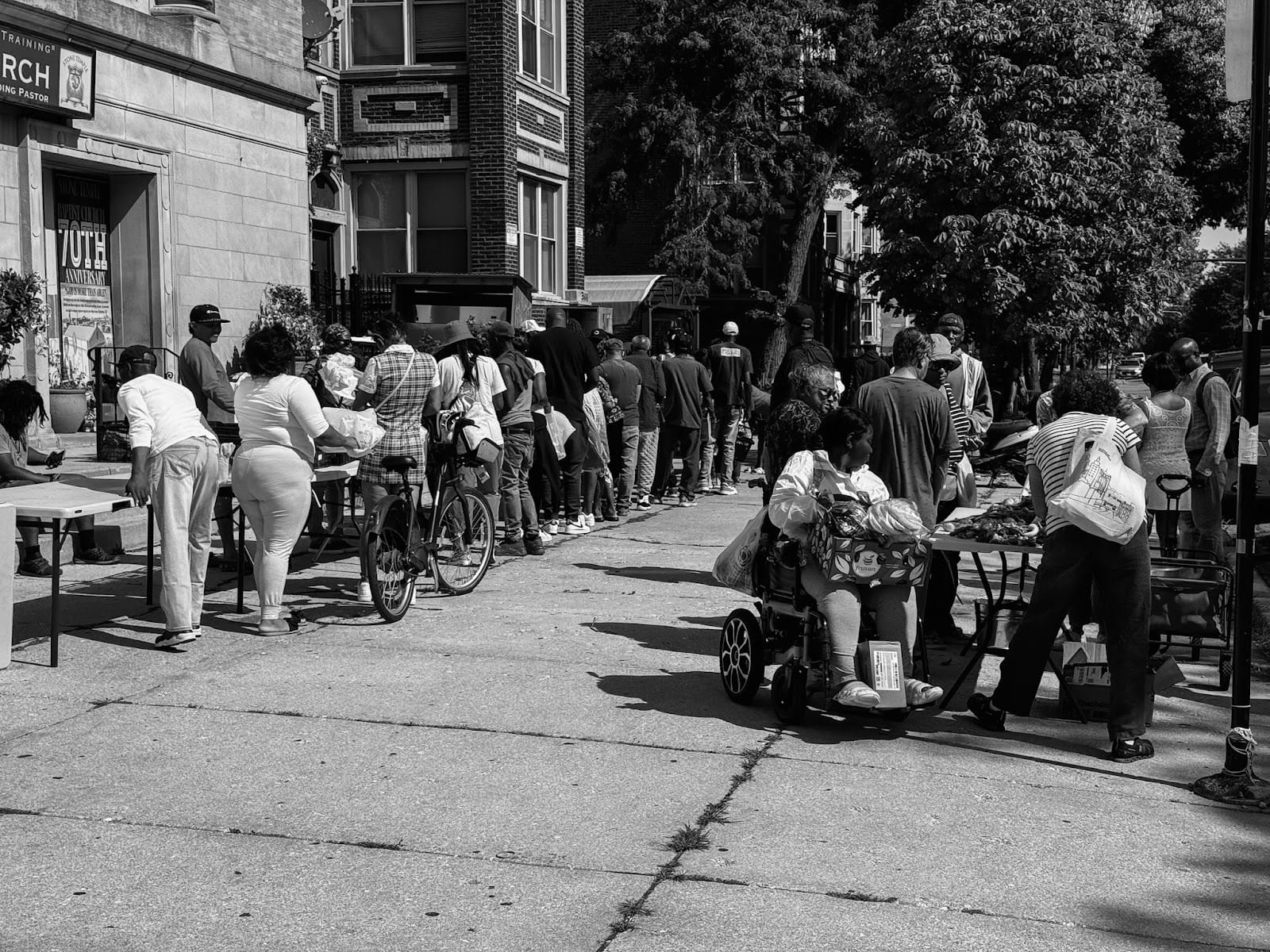
Just a few blocks away, another story unfolds at the community garden connected to the church. What was once an abandoned lot now blooms with vegetables, herbs, and flowers. It is more than a garden, it is a symbol of reclamation: a space marked by neglect turning into nourishment. Neighbors tend the soil together, children learn where food comes from, and elders share wisdom about planting and harvesting. In a community often written about only in terms of scarcity, the garden is a site of abundance. It grounds residents in the knowledge that something beautiful can grow in the midst of challenge.

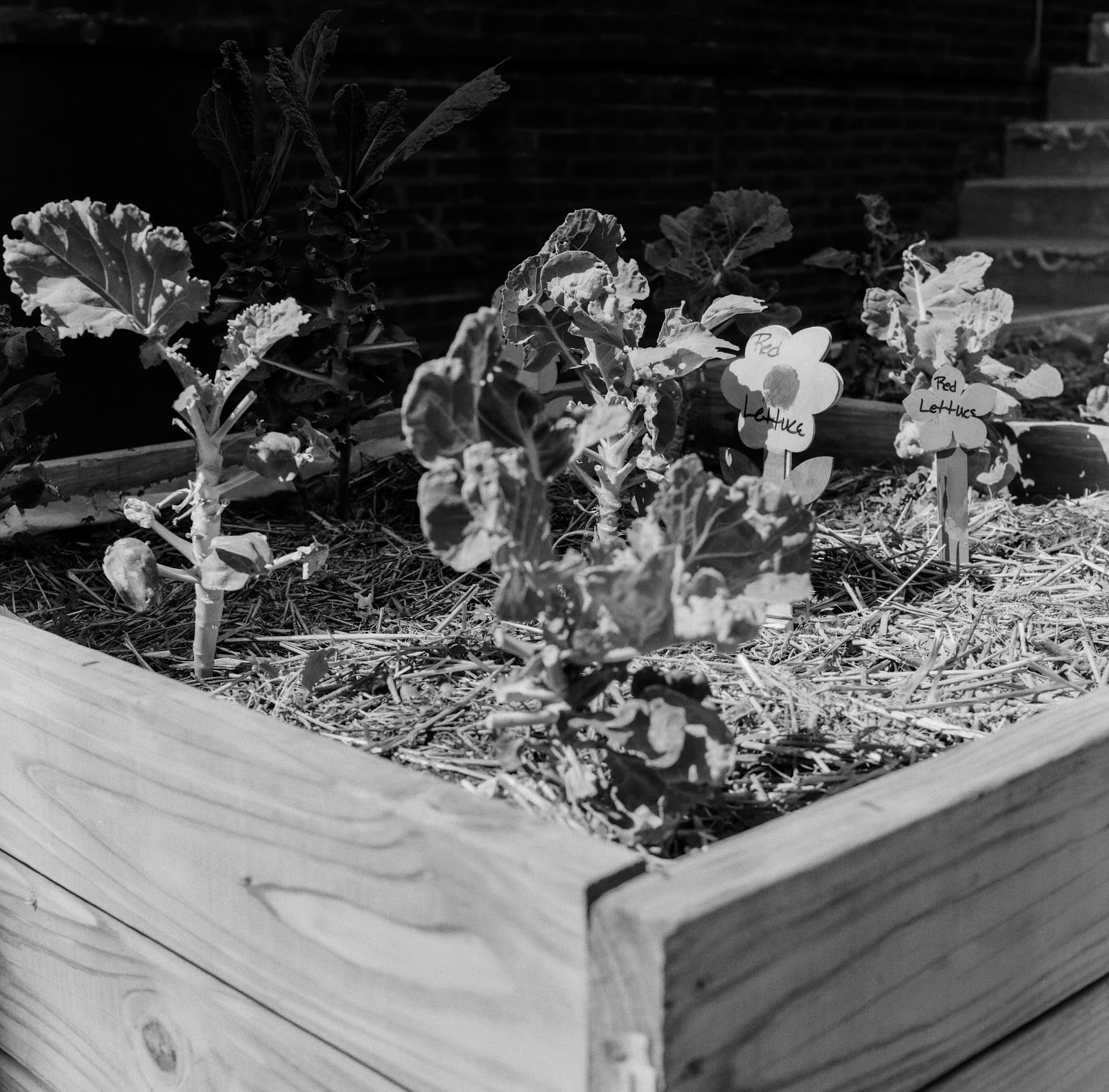

[LEFT] Stone Temple Heritage Garden signage. [CENTER] Lettuce waiting to be picked. [RIGHT] Lawndale mosaic art. | Genesis Falls/15 West
The West Side of Chicago carries both the scars of disinvestment and strength of communities that refuse to disappear.
Displacement is real here, but so is resistance. Too often, stories about these neighborhoods are flattened into headlines about crime or poverty. What’s overlooked are the deep wells of creativity, resilience, and leadership that rise here every day. The food distributions, the garden, the mentorship programs, and the open doors of Stone Temple are all reminders that communities are not waiting passively for solutions, they are creating them. Pastor Reshorna Fitzpatrick often reminds us that “a CommUnity is a place where people commune together in the unity to establish an ecosystem where no lack exists.”
Each photo in this essay holds both stillness and movement, absence and presence. They reflect the duality of displacement, being here and not here, rooted and uprooted. They also reveal the strength of connection, the subtle ways people hold one another steady. These images are not just about subjects, but about context and environment, reminding us that no one’s story exists in isolation.
I’ve come to realize that service isn’t always about having resources; it’s about intention. The willingness to truly recognize someone and make space for them. For some, this may mean offering a meal. For others, it may mean listening without judgment. For the church, it has meant building initiatives that create pathways for stability, while also offering daily reminders that those experiencing displacement are not defined by it.
This series is not an attempt to romanticize struggle or suggest that resilience replaces systemic change. Instead, it exists as an invitation to recognize the layers of displacement and the role each of us plays in responding to it.
To be of service is to step in where systems fall short. To be of community is to understand that the wellbeing of one is tied to the wellbeing of all.
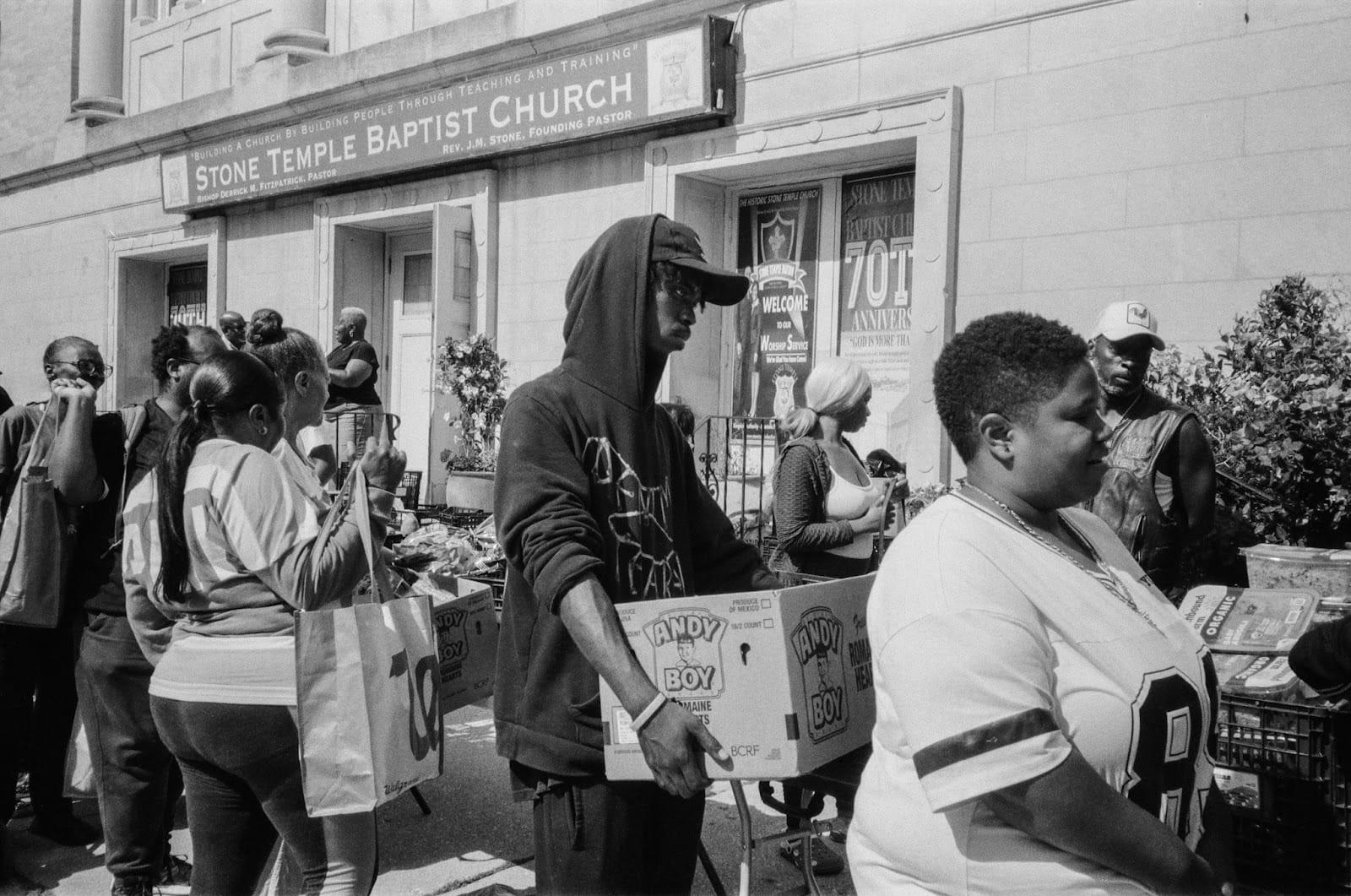
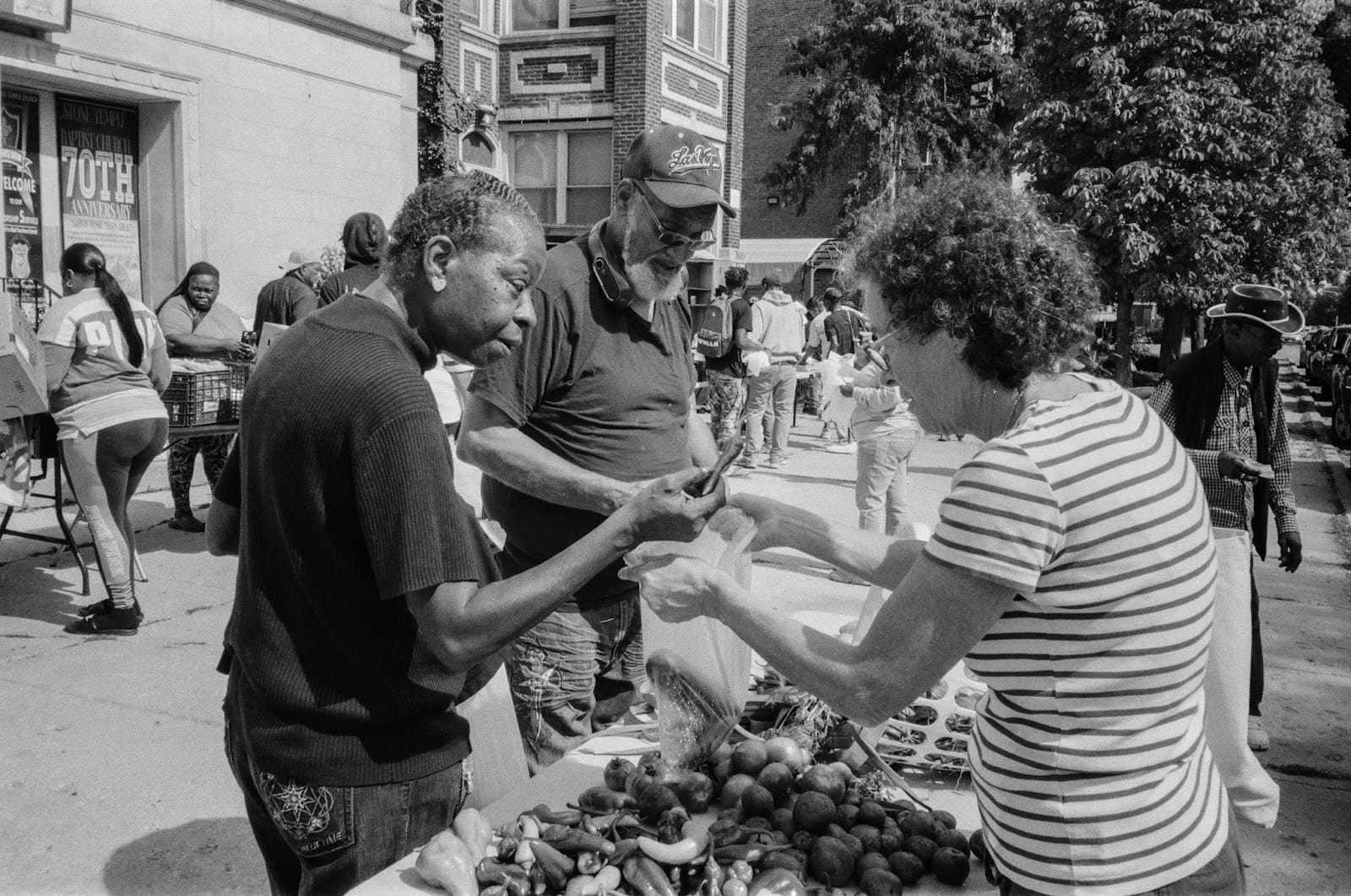


Genesis Falls/15 West
The spirit of community is to stand beside, to walk with, and to share in both struggle and hope. On the West Side, that spirit is alive. Together, we bear witness to it.

